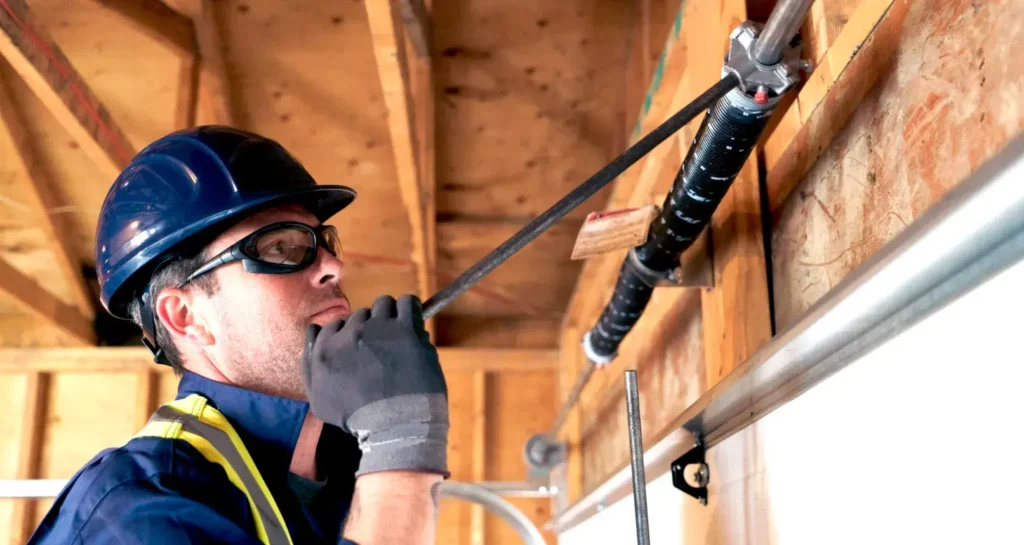In the domain of home maintenance, the garage door spring replacement stands out as a task that demands precision and understanding of the mechanics involved. The process begins with the essential step of identifying whether your garage utilizes torsion or extension springs, each catering to different weight distributions and operational demands. This guide aims to equip you with the knowledge to execute this replacement efficiently, emphasizing the significance of adhering to safety protocols to prevent injuries and ensure functionality. By following the detailed steps outlined, homeowners can tackle this necessary upkeep, leading to a smoother and more reliable garage door operation. Stay tuned for an in-depth exploration of each step in the replacement process.
Identifying Your Spring Type
Identifying the type of spring your garage door utilizes is a critical first step in the replacement process. Generally, there are two primary types of garage door springs: torsion springs and extension springs. Knowing which type your garage door system employs will guide your purchase and installation decisions, ensuring compatibility and efficiency.
Torsion springs are mounted above the garage door opening and typically run along a horizontal bar. They are known for their durability and ability to handle heavier doors. If your door operates with a smooth, controlled motion, it likely uses torsion springs.
On the other hand, extension springs are installed on either side of the door, stretching and contracting as the door moves. They are more common in lighter doors and characterized by a more extensive range of motion.
Both types of springs have specific safety requirements and lifecycle expectations, which is why identifying them correctly fosters a sense of security and belonging among community members who are tackling this maintenance task. Engaging with a community of homeowners who share similar experiences can provide support and valuable insights as you navigate the complexities of garage door maintenance.
Step-by-Step Replacement Process
Once you have identified the type of spring your garage door uses, the next step is to safely remove the old spring and install the new one for garage door spring replacement.
Begin by securing the garage door in an open position to relieve tension on the springs. Make sure the door cannot close by clamping locking pliers onto the track on both sides just below the lowest roller.
Next, disconnect the garage door opener to prevent accidental activation. With the door secured, locate the set screws on the spring you are replacing. Wearing safety goggles and heavy-duty gloves, loosen these screws with a winding bar inserted into one of the winding cone holes. Carefully unwind the spring, one quarter turn at a time, until all tension is released.
Once the old spring is fully unwound and relaxed, remove it from the bracket.
Position the new spring, verifying it’s correctly oriented with the stationary cone facing the center bracket. Reattach the spring’s ends to the respective brackets and begin winding the spring, following the manufacturer’s recommended number of turns. Secure the set screws tightly.
Read more:
Garage Door Spring Replacement Guide: Essential Repair Strategies
Safety First: Garage Door Spring Replacement Dos and Don’ts by WI Garage Door LLC

